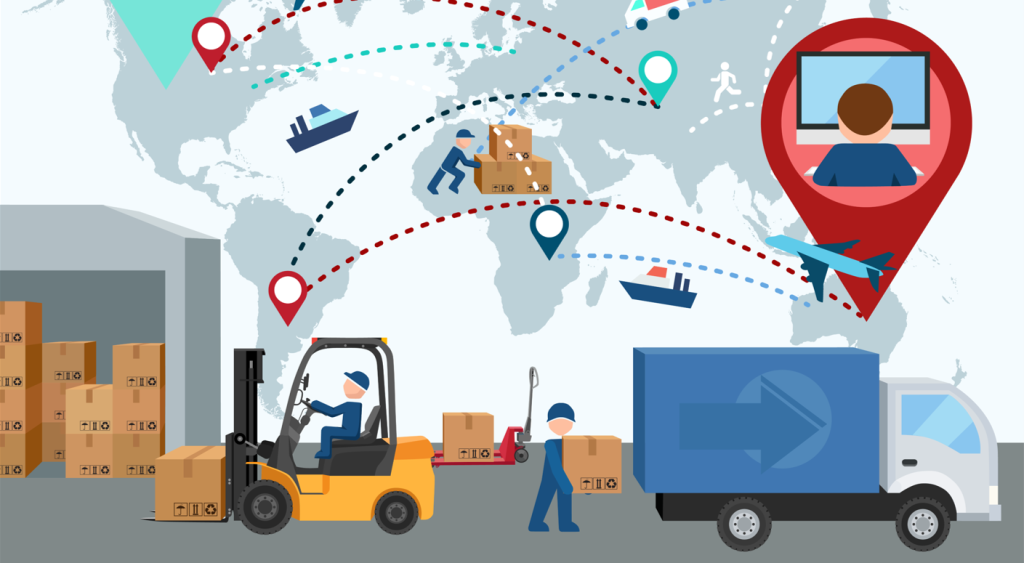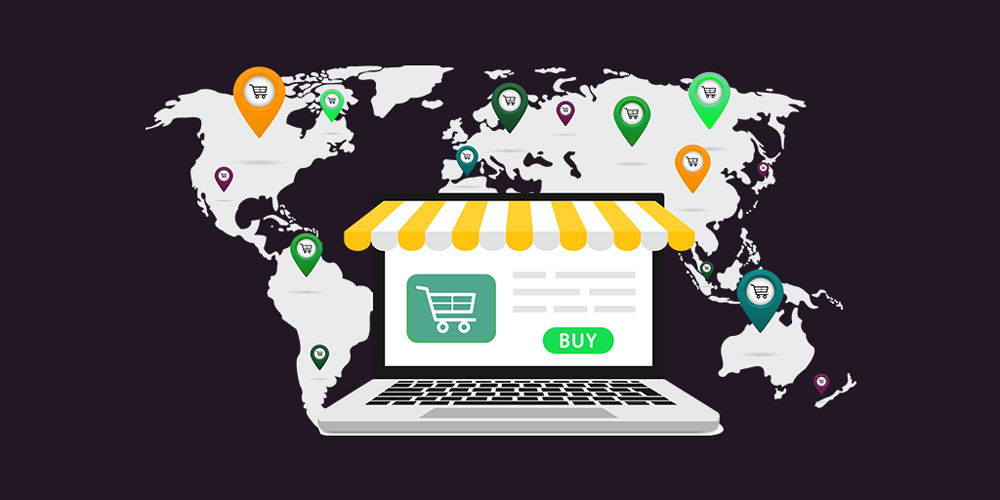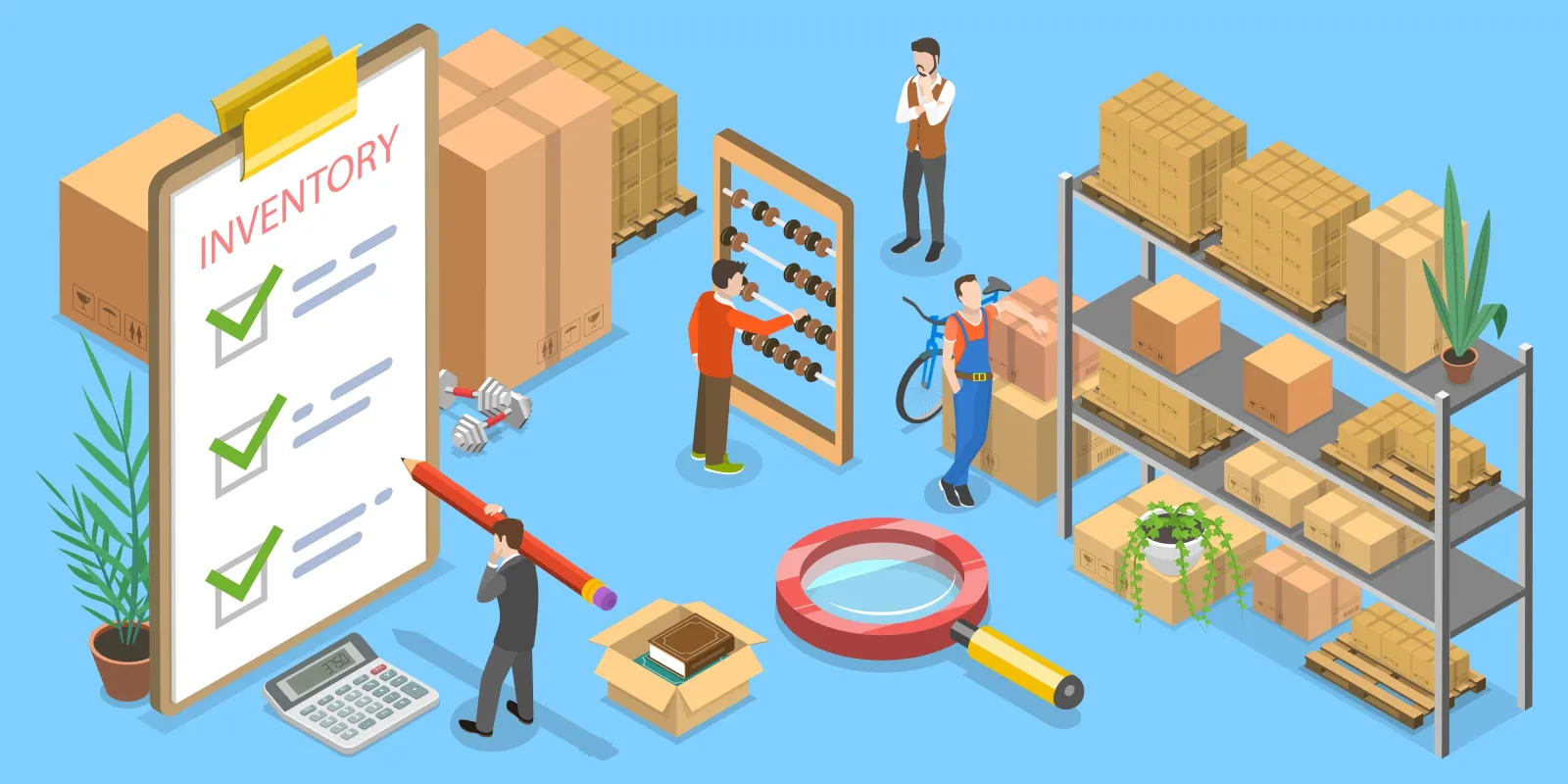在第三方物流 (3PL) 提供商中实施 TMS
第三方物流 (3PL) 提供商有望在快速发展的物流行业中提供无缝、数据驱动和具有成本效益的服务。越来越多的第三方物流供应商开始投资于 运输管理系统(TMS)这是一个重要的数字平台,可转变货运管理和物流业务,以满足不断增长的需求并保持竞争力。
本文将探讨为什么实施 TMS 对第三方物流提供商至关重要,以及诸如 邮政包裹 利用它来提供更智能、更快速、更可靠的物流解决方案。

为什么说 TMS 改变了第三方物流提供商的游戏规则?
A 运输管理系统(TMS) 是一种集中式软件解决方案,可简化物流活动的规划、执行和优化。对于第三方物流提供商来说,强大的 TMS 可以带来以下好处
- 实时货运可见性
- 优化路线和负载规划
- 自动选择承运商
- 运费审计和计费
- 改善客户沟通和服务
面对复杂的多客户环境和跨境运输挑战,第三方物流公司需要一个能与内部工具和外部合作伙伴网络无缝集成的系统。TMS 正是如此。
第三方物流公司使用 TMS 的主要好处
1.强化货运优化
TMS 允许第三方物流公司根据成本、时间和服务水平协议 (SLA) 合并货运,最大限度地减少空驶里程,并自动进行路线规划。
2.实时跟踪和可见性
客户希望随时了解他们的货物在哪里。TMS 平台可实现实时 GPS 跟踪、状态更新和主动警报,从而提高透明度和信任度。

3.准确的成本控制
TMS 可帮助比较承运商费率、跟踪附加费用并自动开具运费账单,从而减少发票错误并提高利润率。
4.更快地完成订单
借助 TMS,第三方物流公司可以实现调度数字化,减少人工文书工作,缩短交货时间--这在当今快节奏的供应链环境中至关重要。
5.可扩展的多用户管理
先进的 TMS 平台支持多租户结构,使第三方物流公司能够从一个系统为多个客户提供服务,同时保持数据安全和定制化。
PostalParcel 如何实施 TMS 实现卓越运营
在 邮政包裹我们的 TMS 集成支持物流流程的每个阶段--从预订和承运商分配到跨境合规和最后一英里交付。
我们的 TMS 功能包括
- 智能载波匹配: 根据性能、价格和可用性选择运营商。
- 客户门户访问: 客户可以实时跟踪订单、下载文件和管理偏好。
- API 连接: 无缝集成 WMS, OMS和 企业资源规划 平台。
- 动态报告: 绩效仪表板和运输分析,推动持续改进。
TMS 使我们能够针对电子商务、B2B 和货运代理客户的具体需求,提供灵活、透明的解决方案。
在第三方物流运营中实施 TMS 的步骤
步骤 1:确定业务需求
规划当前的工作流程、痛点和可扩展性需求。确定必须具备的功能,如多模式支持、海关合规性或 API 集成。
步骤 2:选择合适的 TMS 供应商
选择与您的公司规模、垂直行业和地区分布相匹配的供应商。领先的选择包括 Oracle、MercuryGate、SAP TM 和利基 SaaS 玩家。
步骤 3:与现有系统集成
确保与仓库管理系统 (WMS)、客户关系管理 (CRM)、计费软件和客户界面兼容。
步骤 4:培训员工并进行测试
分阶段推出--培训调度团队,与主要客户开展试点项目,在全面部署前收集反馈意见。
步骤 5:监控关键绩效指标并进行优化
跟踪性能指标,如每次装运成本、交付时间准确性和客户满意度,以衡量投资回报率。

需要注意的挑战
| 挑战 | 缓解战略 |
|---|---|
| 系统间的数据孤岛 | 使用中间件将 TMS 与 WMS/ERP 连接起来 |
| 来自业务团队的阻力 | 提供针对特定角色的入职培训和培训 |
| 供应商锁定 | 选择具有开放式应用程序接口和模块化设计的 TMS |
| 多地区合规性 | 选择具有全球合规功能的 TMS |
为什么它比以往任何时候都更重要
随着对可视性、成本效益和速度的要求越来越高,传统方法已难以为继。TMS 不仅仅是 "可有可无 "的东西,它还是现代 3PL 服务交付的核心支柱。
公司如 邮政包裹 使用 TMS 来运输货物、管理数据、优化决策,并为客户提供跨越国界和行业的卓越价值。
结论
实施 TMS 可为第三方物流提供商带来显著的运营优势。它使物流团队能够更聪明地工作,降低成本,并提供当今客户所期望的可视性。无论是管理国内货运还是全球配送,强大的 TMS 都能将物流从成本中心转变为增长动力。
在 邮政包裹我们坚信数字物流第一,而 TMS 正是这一愿景的核心。
行业洞察
收件箱消息
Nulla turp dis cursus.整体释放,预留空间








